Do I need a bike computer? Two sides of the argument
The Cyclingnews tech team debates the merits of using a bike computer on your rides
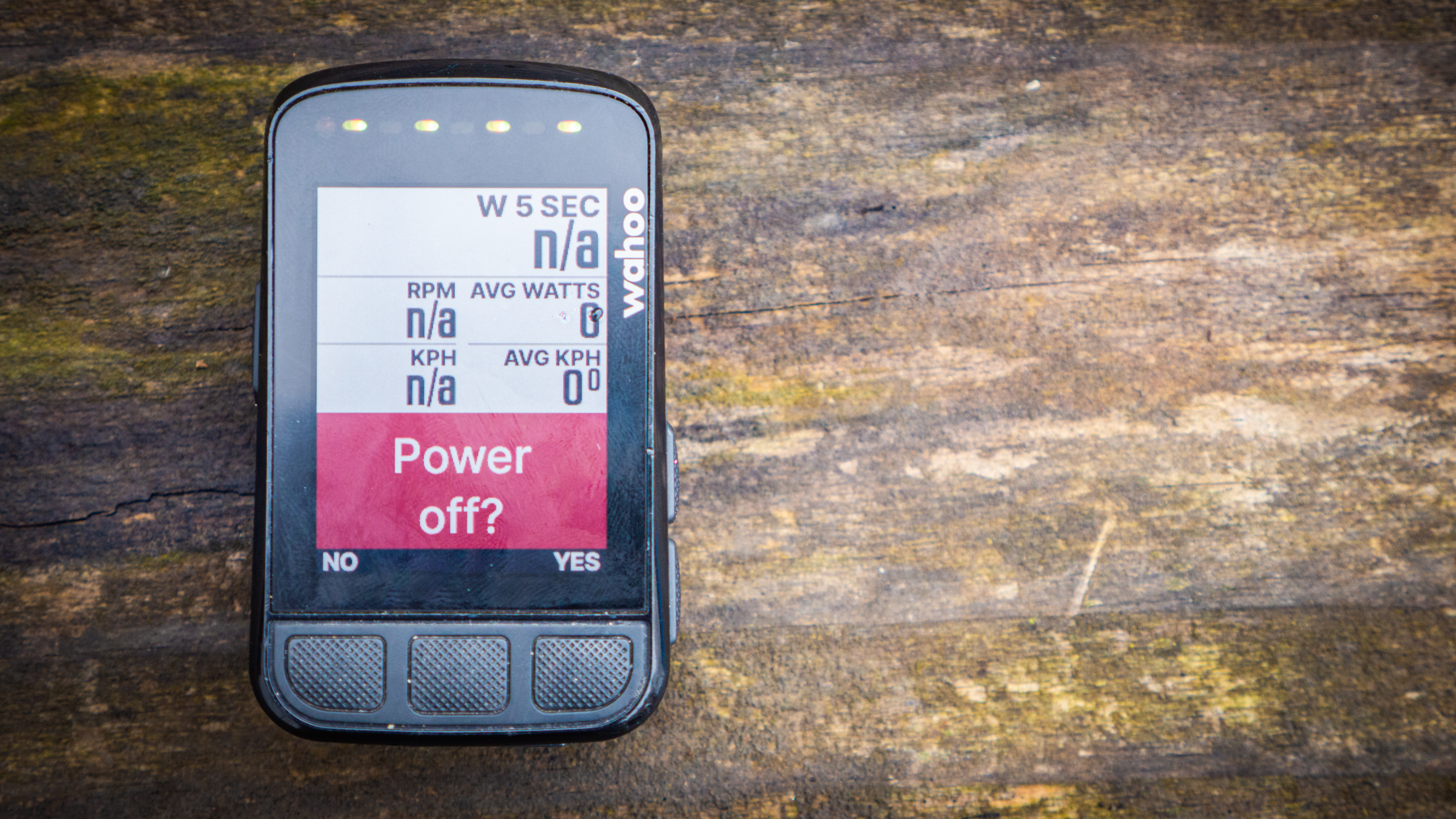
There's no denying that in recent years, cycling has become a bit of a numbers game. That which is measured improves, the saying goes, so as the fastest in the sport look to get faster, everything is measured.
That means there's not much that today's best bike computers can't measure. With GPS (Global Positioning System) technology, even most of the best budget cycling computers know exactly where you are in the world, accurate to within a few metres, at all time. With this, they know how fast you're travelling, how far you've been, how long it took, and more. They can also tell you your elevation, and by pairing to additional sensors, they can even display what power you're producing at any given moment, what your heart rate is doing, what your core body temperature is and what your blood glucose concentration is. That's all real-time. It's a wild ride of numbers, data, metrics and information, and that's before we get into the post-ride analysis.
But how much do you actually need all that information? And by proxy of that, do you actually need a bike computer at all? Some say they're much better off having ditched the computer, while others would baulk at the idea of going without.
Here at Cyclingnews, we have people on both sides of the argument, so what better way to answer the question than by getting them both to provide their opinion?
A former competitive racer whose enjoyment of the sport nowadays goes beyond the numbers.
You don't need a cycling computer
I’ll admit that in the world of cycling, particularly in the more performance-facing realms of this collective hobby, deliberately choosing to eschew a cycling computer is something of a rarity. You hear of pros like Dan Martin riding the Tour on feel, or using a heart rate monitor but not a power meter, but seeing any pro, semi-pro, or even an enthusiastic amateur rolling out without an Edge, Karoo or Elemnt jutting proudly ahead of their bars like a digital figurehead on a carbon fibre galleon is noteworthy if you ever do see it.
I do not avoid using a cycling computer at all costs. I’m happy to admit that they have their uses, and for many, may well add to the general enjoyment on offer by zipping about on two wheels. I do though, wherever possible, keep my bars free from a digital taskmaster, and I’m going to try my best to convince you that I’m not some loom-smashing Luddite and that you might also benefit from going computer free every now and then.
Why do you ride a bike?
Serious question; take some time and have a think.
The latest race content, interviews, features, reviews and expert buying guides, direct to your inbox!
I’m not trying to be unnecessarily profound here, but I would hope that for the vast majority of those reading this, those of us not actually paid to ride bicycles, the answer would be ‘because I enjoy it’ or ‘because it's fun’, or some variation thereof. For most of us mere mortals, cycling is a hobby just like any other. It’s something we do in our spare time because it brings us joy. It’s really no different than badminton, amateur dramatics, or trainspotting in that respect.
I will happily concede that the satisfaction gained by seeing yourself improve, which is most easily measured by the quantifiable metrics of a cycling computer, is definitely the source of some enjoyment to people, but it can’t be the only thing drawing people to cycling. If fitness was the only goal then why not take up rowing, running, or a nebulous commitment to going to the gym? It’s because riding around on two wheels, at high speed under your own power is just really good fun, and for me, the myriad data fields on offer generally detract from the joy of riding a bike.
I didn’t use to be of this opinion; when I began road cycling more seriously, back in the heady days of free Strava access, I was fascinated by my average speed, heart rate, cadence, and standing in various virtual leaderboards. It gave me the motivation to ride, and a smile when I got home, usually regardless of whether I’d ‘done well’ or not. However, this eventually became a much more obsessive relationship. I’d head out for a ride, and rather than enjoying it for what it was, I’d judge it as a binary success or failure based on the stats produced at the end. As time progressed, successes were fewer and farther between, such is the way with an athletic plateau.
I’m not ashamed to admit that in my pursuit of better stats I went out riding when I didn’t really want to, or shouldn't have due to fatigue. More mileage, faster average speeds, more elevation, and in inverse proportion, less actual enjoyment.
“You gotta pump those numbers up”, my inner Matthew McConaughey would say, “those are rookie numbers”.
I have been very privileged in my life in many ways, one of which has been where I've lived in a series of visually stunning locations. The beautiful coastal roads of Cornwall, the rolling hills of the Yorkshire Dales, and the imposing crests of the Lake District. I’m not going to be so obtuse as to suggest that using a cycling computer totally robs you of any appreciation of a nice view, but riding to a set power, a set heart rate, and a set pace does require not only a great proportion of your time spent looking at the little screen but also a greater level of concentration. Mental expenditure that could otherwise be spent wondering how that particularly pretty rocky escarpment came into being, or whether that large bird was a buzzard or a kite.
I know we don’t all live in The Wind in the Willows, but I am convinced that if riding with a computer isn’t totally necessary (you know the route and you’re not training specifically to numbers) you will have a better time going without. If you cannot totally sever your connection then chuck it in your back pocket or bar bag as a halfway house and see.
As much as anything else, not having a screen to distract you from the goings-on of your surroundings is also inherently safer. Yes, those of us who also drive a car are also bombarded by speed, fuel levels, MPG and other such stats, but we’ve outlawed using a phone while driving for good reason, and I think you’d be hard pressed to argue that doing anything other than moving between screens on your head unit is safer than driving and texting; I’ve certainly been guilty of trying to rearrange the metrics on my Wahoo via the mobile app while riding, and hundreds of meters flow by without so much as an upward glance.
This isn’t just hypothetical either: In May of this year, I saw a friend of mine suffer a grade III shoulder separation during a bike tour as a result of moving between data screens and veering off the road into a ditch.
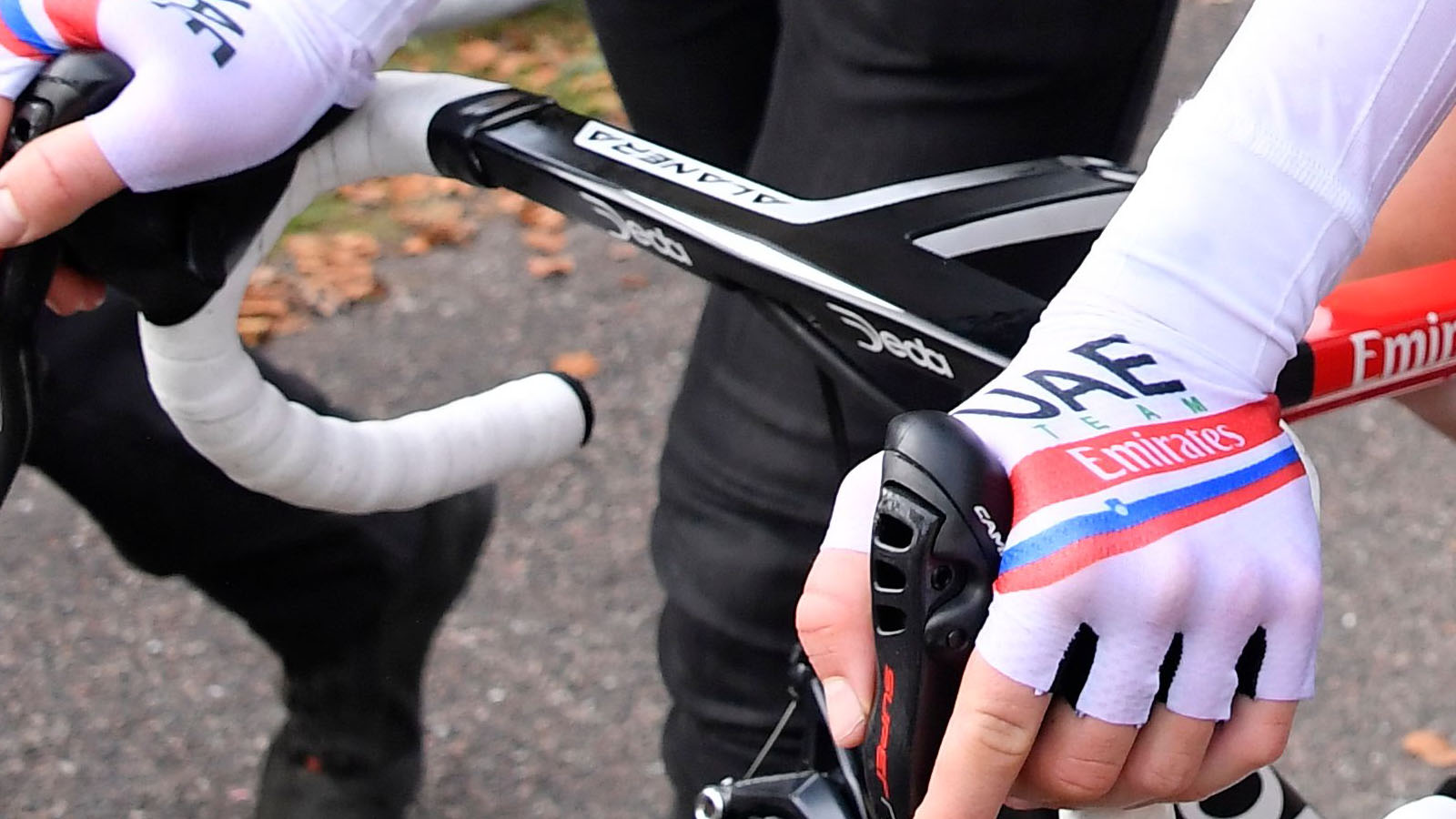
That cupboard in the house, or the long-forgotten bookshelf, or the downstairs loo. These all are common places where people stash away the rarely used paper maps. A paper map of your local area will provide you with such a density of information that only a handful of the best cycling computers can hope to replicate; the touring options like the Garmin 1040, and the Hammerhead Karoo II, which utilise Ordnance Survey base maps (or similar, depending on locality). The problem is that on a screen of a size measured in square centimetres, the scope for context is limited. Are you really near the sea, or your destination point, or the pub? Is there an easy way around that big hill, or a decent camp spot nearby before the sun sets? I adore the sense of place that unfurling a big, rustling sheet of paper can give you, even if it is slightly unwieldy for regular use.
Navigation is the main reason I opt to use a cycling computer. If I’m testing a performance bike, wheels, etc I cannot afford to stop quite so regularly when I take leave of my sense of direction, and having a breadcrumb trail to follow is extremely useful if I’m in unexplored territory. More often than not though, as I imagine is the case for many of you reading this, I tend to ride the same familiar loops and therefore have no need for digital guidance.
When I can afford a more sedate ride, when testing gravelly products, or just when I want to explore, I much prefer to take an OS map or two, bolstered by a mobile phone if I totally lose track of where I am. So much is my love of paper maps that when I opted for a Wizard Works custom frame bag I asked the makers very nicely if they could build in an easy-access pocket specifically of map dimensions.
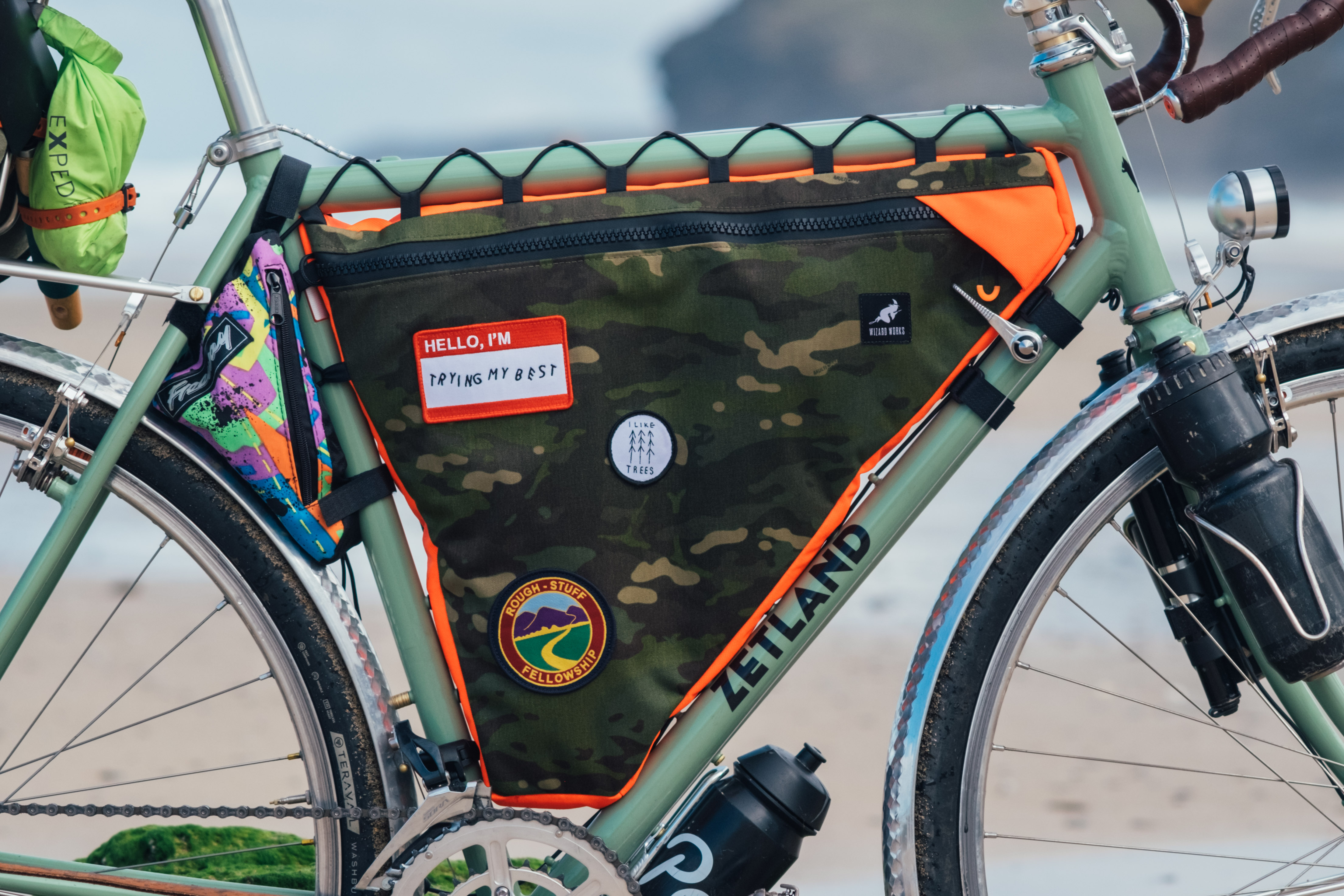
I’d like to conclude on my least favourite thing about cycling computers, or the peripheral universe that surrounds them, which is competition between anonymous strangers. When I began riding I had a simple magnet-based Cateye computer that showed my speed, and a total distance odometer. Simple, along with the juvenile fun of trying to get a new max speed (something I still try and achieve, though I keep topping out at 86km/h). While competition with oneself can be healthy, and beneficial even in the right context, the advent of platforms such as Strava has bred an insidious level of competition that is now baked into the fabric of our sport.
KOM/QOM hunting is something that is regularly discussed, and again while competition can be healthy it is hard to measure yourself against anonymous adversaries on a playing field not necessarily level. How many of us have been tempted to ride in high winds that would ordinarily be considered too sketchy just so we can have a better shot at a new high score on the leaderboard?
Comparison is the thief of joy, so they say, and while racing is brilliant fun, you are at least eye to eye with your competitor and can chat over a small can of cola after all is said and done. Get home after an unsuccessful bid at the top spot and who’s going to console the voice at the back of your head saying ’you could have gone a bit deeper on that last ramp’?
To sum up, I am not dead set against cycling computers, but I think everything should be enjoyed in moderation (including moderation). They have their uses, but I certainly enjoy my riding more without the mental burden of additional data, with a greater opportunity to appreciate my surroundings and no way of numerically judging myself when I get home.
Also, an uncluttered handlebar looks better. There, I said it.
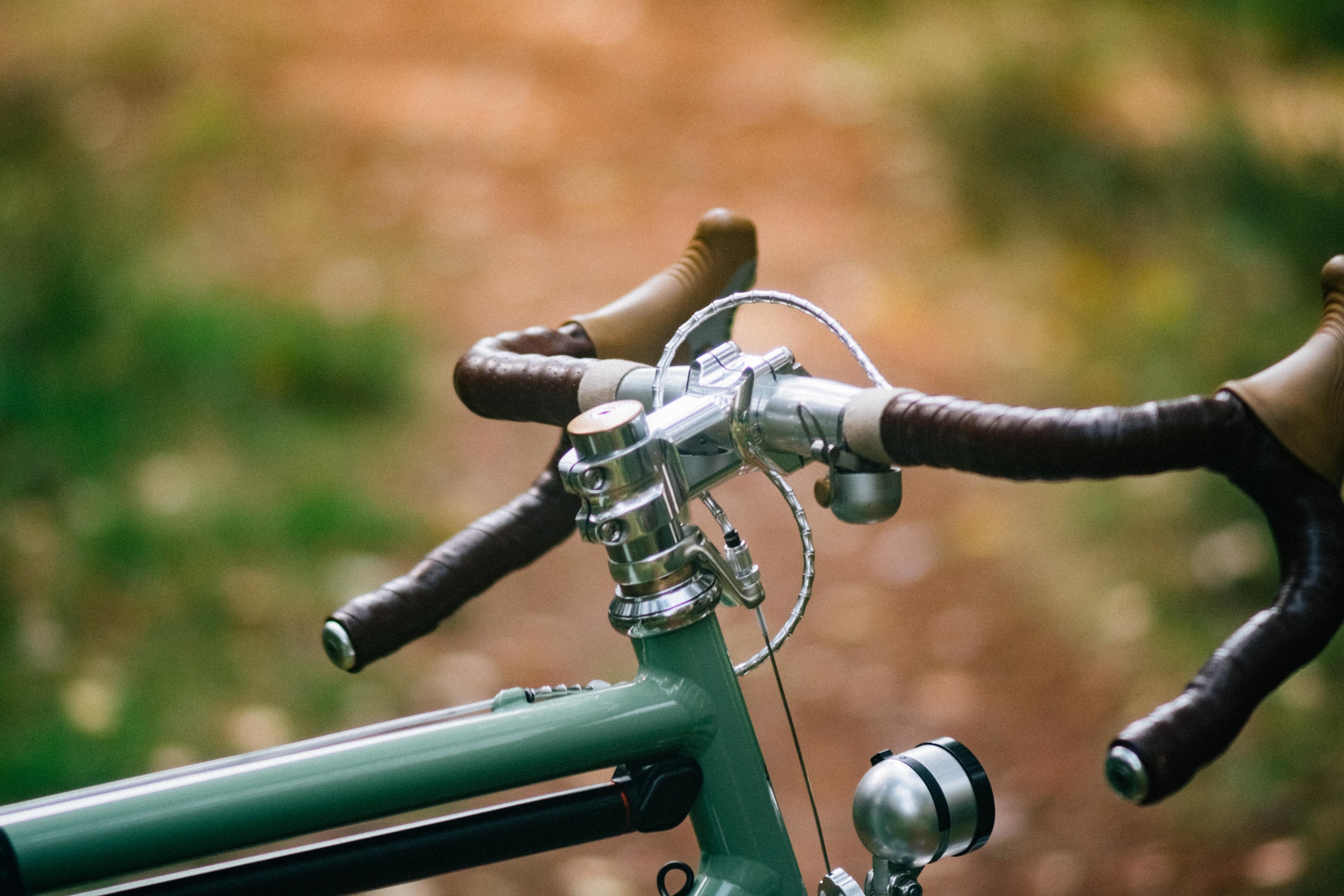
As a road cyclist who's ridden and raced to national level from an early age, competition is ingrained into Tom's connection with the sport.
You do need a cycling computer
My first ever cycling computer was a Cateye wired unit with a sensor zip tied around my fork leg, I wound the cable from the computer unit to the fork sensor as neatly as I could around my outer cable so my bike would look tidy. I’d write down the details of each ride in a notebook and keep track of my distances, speeds and ride times as so many other cyclists had done before me. As technology improved, I graduated to a wireless computer and then onto a GPS cycling computer, not too dissimilar to those found mounted neatly on nearly every cyclist's handlebars today.
I’ve always enjoyed and found comfort in having that little friend on my handlebars whenever I wanted information about my rides, and I think most other cyclists do too. I’m for cycling computers and I’ll set about trying to explain why.
Why do we all seem to love computers so much?
Most riders own and use a cycling computer these days. Whether it’s a club run, sportive or road race, it would be more unusual to see a bike without one. Whether it’s a Wahoo, Garmin or any one of the other offerings on the market, a cycling computer is considered a key purchase for many cyclists.
I’ve been thinking about the root of this and why we all seem to be so interested in recording ride information. We can also do more with said information than ever before but more on that later.
As a cyclist, after even a handful of rides, you start to become keenly aware of the deep-rooted link between cycling and the metrics that come from it. Cycling involves us travelling under our own effort for a set amount of time, so it's a natural reaction to want to know how far we’ve travelled, at what speed and how long it took to make our journey. I think it’s this curiosity that is what makes cycling computers so attractive in the first place.
Consider some of the scenarios we encounter on a day-to-day basis that prove how useful riding with a computer is. We might be riding to work and need to arrive on time, or we may have a certain amount of time in a day to get out for a ride and the route we take or create will be dictated by this time constraint. That's to say nothing of the host of performance-related reasons that get thrown up when you train to compete or to improve. That little friend on our handlebars can help us deal with all of this and more.
You start to see why we are so interested in and obsessed even with recording our ride information. Perhaps we just want to know what we’ve achieved in the amount of time we’ve used. A cycling computer allows us to do this with ease and perhaps that’s why most cyclists seem to love them so much.
What can’t a computer do these days?
As technology has improved, so have bike computers, and nowadays they can come with a fantastic array of built-in features and tech, far too many to cover completely here. Aside from the obvious metrics of how far, fast, long etc, modern GPS computers have been able to transform the humble bike computer into a capable GPS device. Downloadable maps, custom routes and easy-to-follow navigation steps have unlocked another facet to riding and route planning that has motivated riders to get out and adventure.
I can also personally attest to how referencing a map on a GPS computer in unfamiliar terrain can help keep you safe. I was riding in Mallorca and pushing it on a descent. I didn't know the road and therefore didn't know that a hairpin was coming up, so I came into it too quickly and crashed. The two riders behind me had a map screen open on their bike computers, they spotted the hairpin approaching well in advance and scrubbed off plenty of speed in preparation.
Somewhat related is that in the event of a crash, computers can even be set to send a message to a specified emergency contact notifying them of an incident, or allow them to follow us as we ride via satellite. If you are riding in a remote region or are just out on your own, this is a really helpful feature that could potentially save a life. Or it can be used in everyday life by friends when meeting up for a ride, or your partner who's trying to work out what time to get dinner ready.
You can also use your computer and associated apps to track ride time and mileage and use that to stay on top of bike servicing intervals by seeing what riding you've done and on what bike. Again a useful way of streamlining things using your computer.
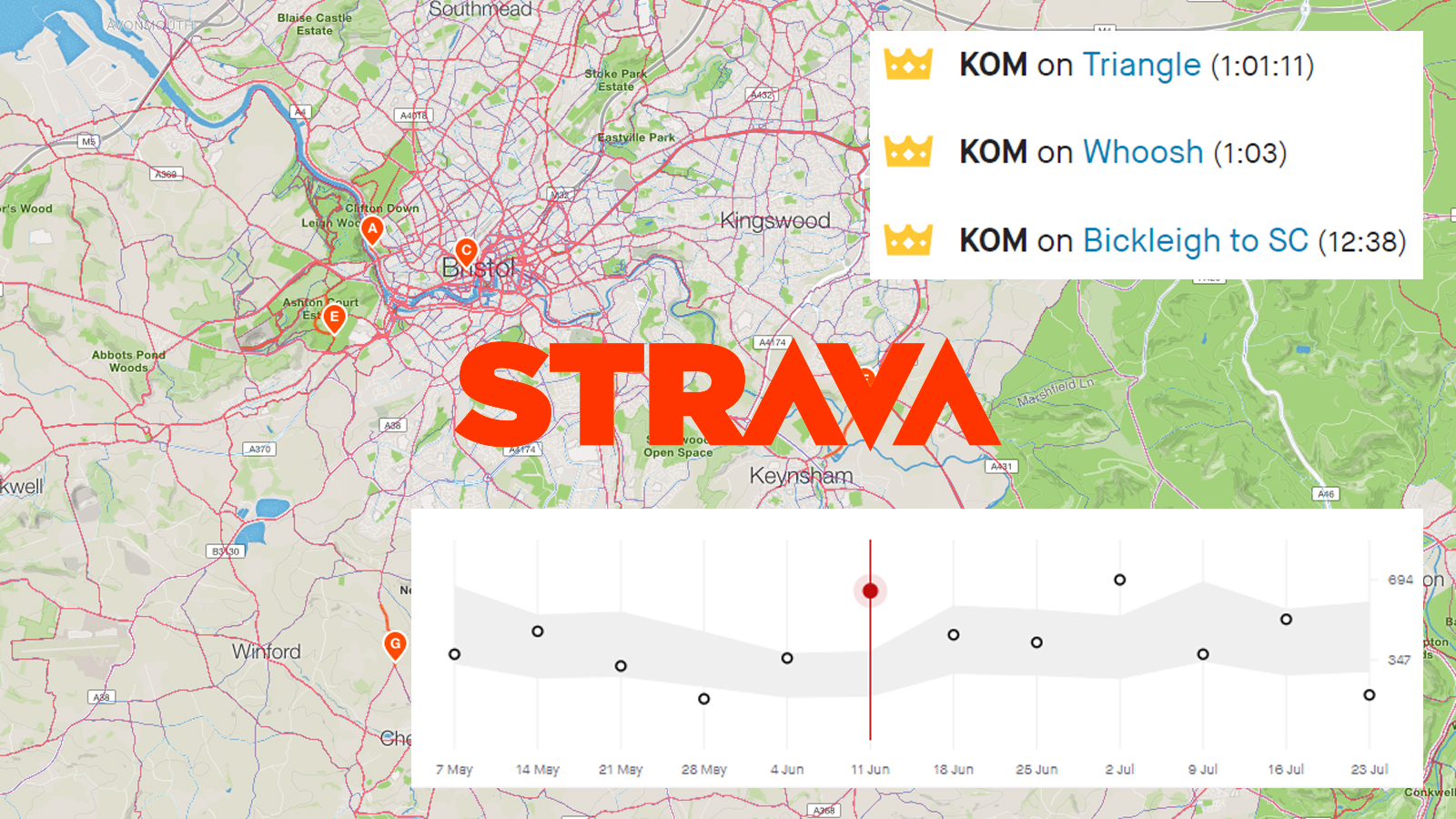
The Strava thing
I can’t talk about cycling computers without mentioning Strava. Launched in 2009, Strava helped create the sea change that has happened around our use of GPS computers and ride information, and more than 50 million athletes have joined the platform since.
Strava allows you to upload your ride from your computer to the app and track and analyze all of your activity data after the fact. This includes how fast you were over certain sections of road (known as a segment), placing you on a leaderboard with everyone who has ever ridden that same segment. The social media aspect of the app means you can see when and where friends are riding and it can be great for making you feel integrated into your local cycling scene. I really like having all of my rides recorded on Strava and being in one easy-to-access place; I can easily look back over years of rides on my account and pore over all of the data to my heart's content.
Strava can be a great motivator and can make rides even more fun, it’s exciting to see how you stack up on the leaderboard of your favourite climb or stretch of road, and for many people, a certain time over a segment, or getting the fastest time - known as a King or Queen of the Mountain (KOM/QOM) - is their personal benchmark of success.
You don't need a bike computer to use Strava - the app can record rides itself - but a GPS computer can record ride data, sensors and all, and automatically push the ride to Strava or your other app of choice seamlessly. Many bike computers now support Strava live segments so you can gauge your effort in real-time on your computer's screen. I can definitely say like countless other cyclists there have been plenty of times when I’ve given it the berries up a climb just to see where it would get me on a leaderboard.
All that being said, the shadow of Strava can loom large over our rides sometimes and plenty of riders feel the pressure to ensure they covered a section quickly or end up riding harder than they wanted to. I think it’s important to feel comfortable in the knowledge that not every ride will be a tear-up with a slew of personal bests. Strava can be a useful tool, but it's only one small branch of what a cycling computer can offer.
In conclusion; I think cycling computers are great. They’re intuitive and fun to use and the wealth of information and help they can provide is amazing. They can help make you a fitter, faster cyclist, unlock new terrain you may never otherwise have known existed or simply record the ride you did to the cafe on a Sunday with your mates. I enjoy cycling more as a result of using one.

Will joined the Cyclingnews team as a reviews writer in 2022, having previously written for Cyclist, BikeRadar and Advntr. He’s tried his hand at most cycling disciplines, from the standard mix of road, gravel, and mountain bike, to the more unusual like bike polo and tracklocross. He’s made his own bike frames, covered tech news from the biggest races on the planet, and published countless premium galleries thanks to his excellent photographic eye. Also, given he doesn’t ever ride indoors he’s become a real expert on foul-weather riding gear. His collection of bikes is a real smorgasbord, with everything from vintage-style steel tourers through to superlight flat bar hill climb machines.
- Josh CroxtonAssociate Editor (Tech)